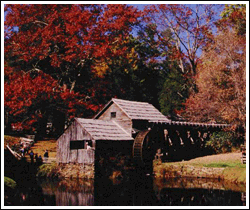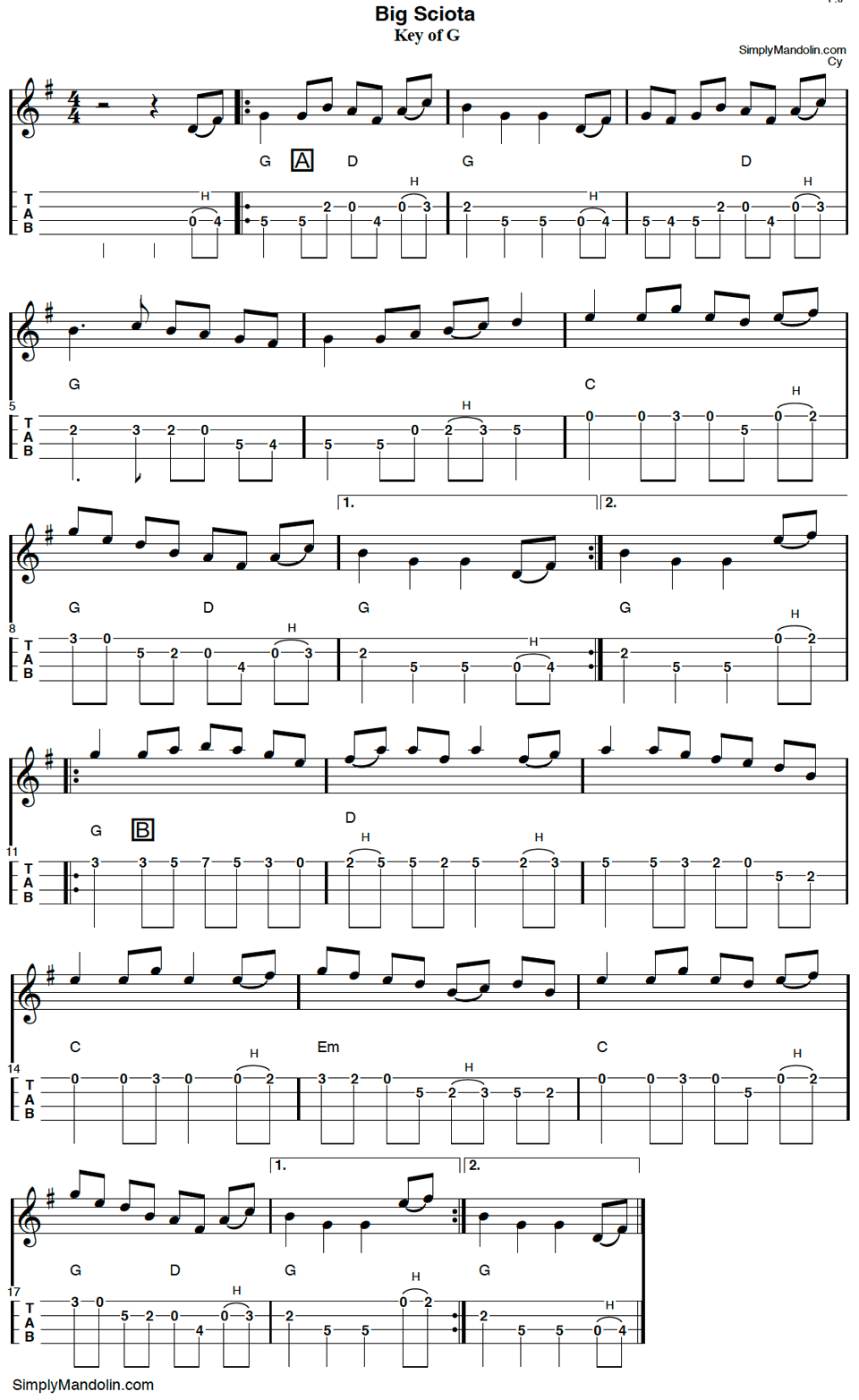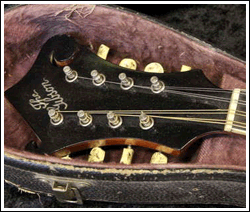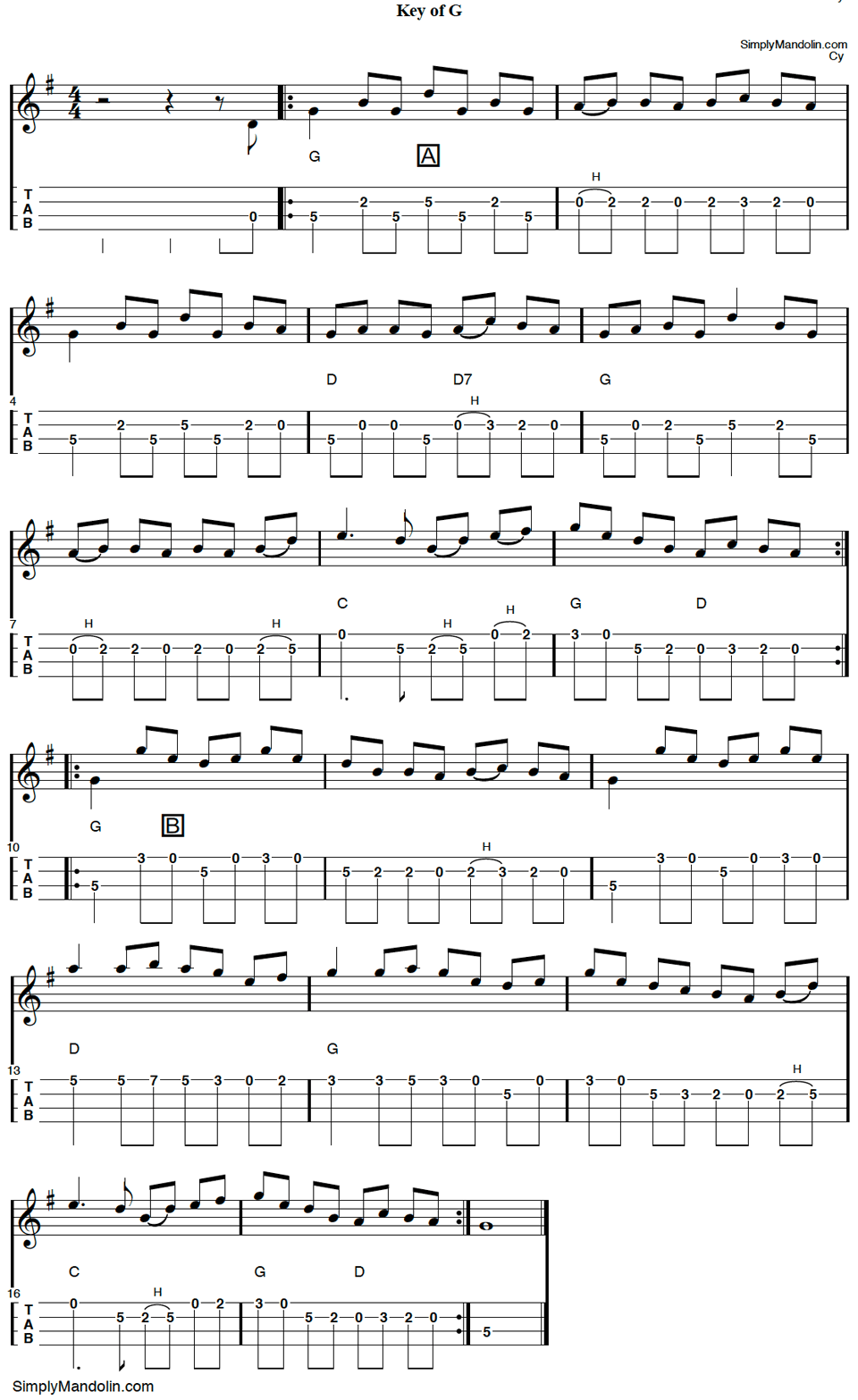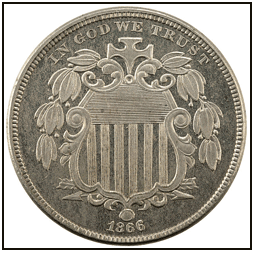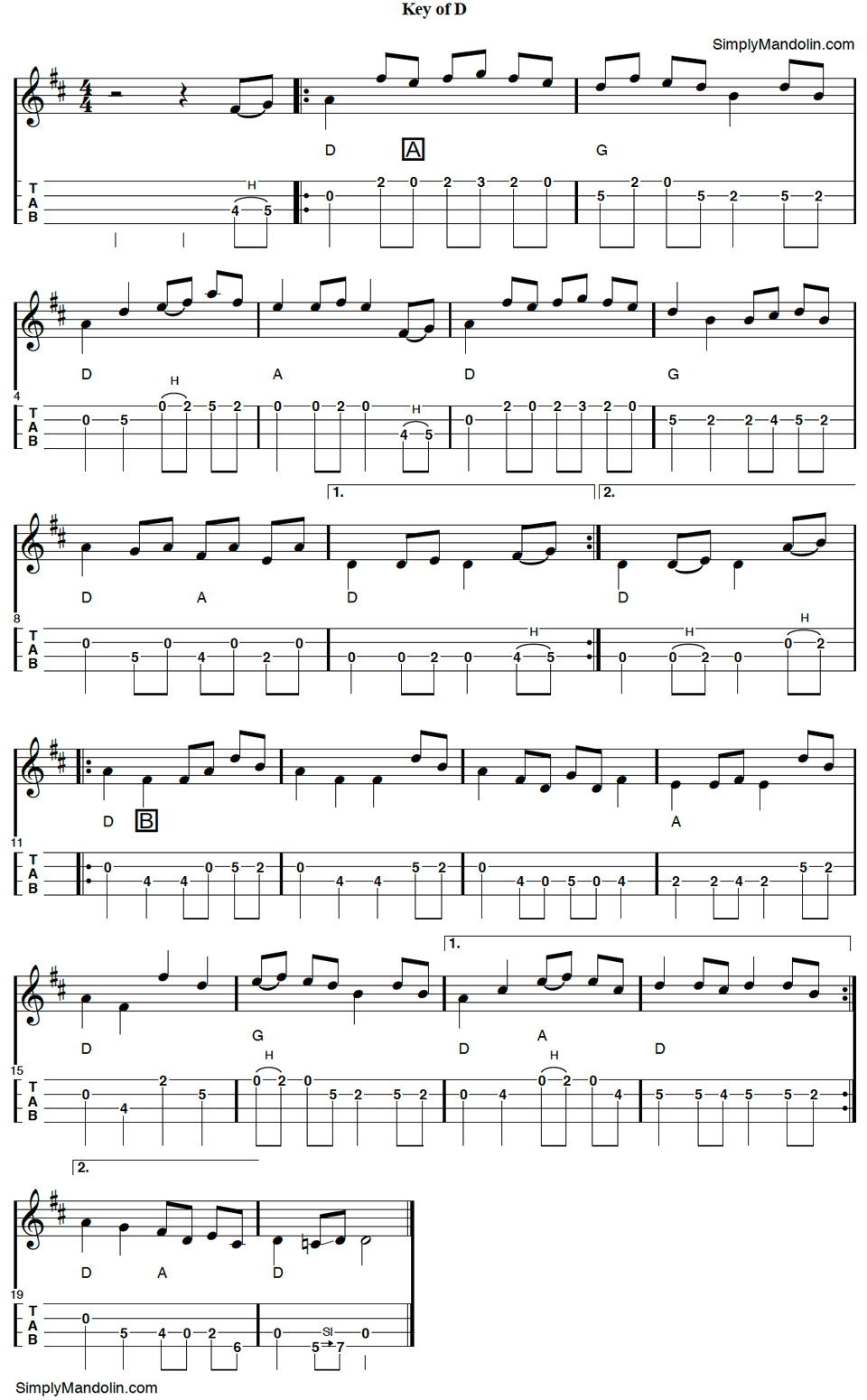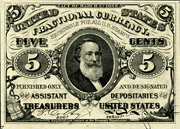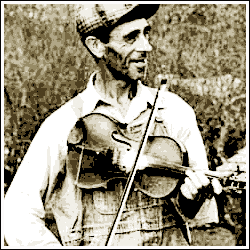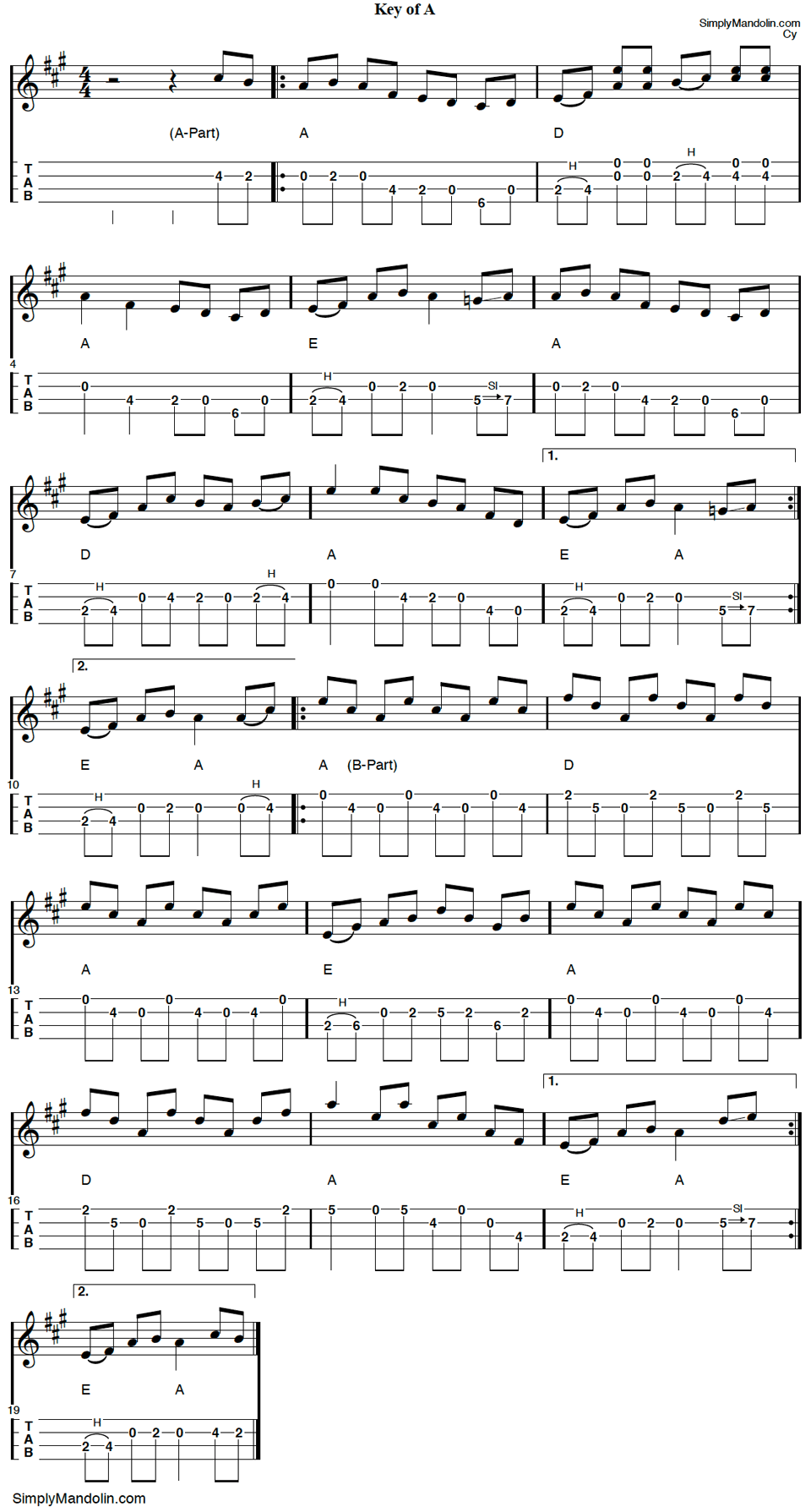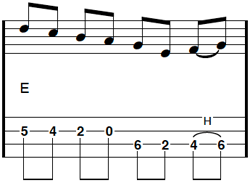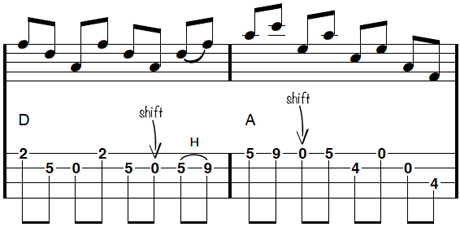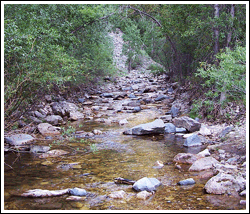
Just a creek somewhere…
Cripple Creek, without a doubt, has got to be the most recognizable bluegrass tune ever written. It seems like everyone that has even briefly explored the genre is familiar with the melody.
I think the first solo I learned to pick on the 5-string banjo in Scruggs-style was Cripple Creek. And later, when I was trying to learn melodic banjo, I believe it was probably the first solo I learned in that style as well. There are a lot of bluegrass books and instructional media that feature this simple melody for beginners. It seems like it’s everybody’s first bluegrass tune. Yet, I’ve got to admit, I don’t think I’ve ever tried to play it on the mandolin before.
The Tune
The tab I’ve put together here is probably not exactly a beginner’s version, but it is a simple tune and shouldn’t present too many problems. As with any tune, learn it measure by measure and go slowly.
Listen to “Cripple Creek” for mandolin
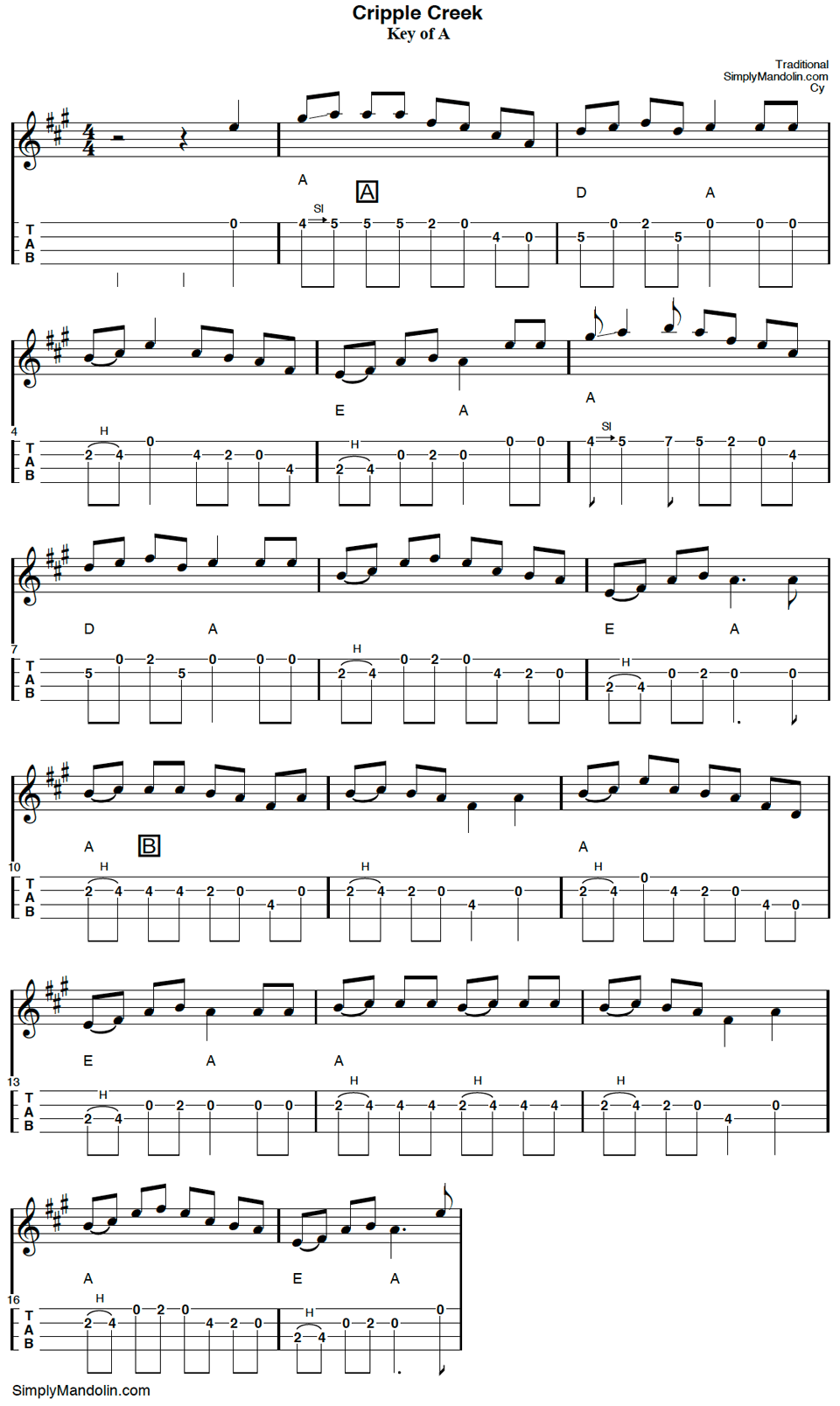
Downloads:
Moveable Patterns
Cripple Creek – revisited
I received an email from a mandolin player visiting the site. He didn’t tell me where he was from, but he did say he would like to see a ‘closed-position’ version of Cripple Creek. So, I decided to rework this post a little. Thanks for the suggestion Harold.
The original version shown above on this page is played in first position, using open strings in some places. Its a good sound, and it offers a little more sustain to the notes. But, if you wanted to shift it to a different key, it could take a while to figure out.
We can play the same thing up the neck in a closed position (not using any open strings). As a result, we end up with a recognizable pattern that we can move to other keys. The new arrangement may differ slightly from the original, because a few changes have been made to accommodate the new position. Let’s take a look!
The version you learned above is in the key of A, and the very first note is a slide to the ‘A-note’ on the 5th fret of the first string.
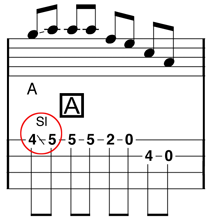
Closed Position
That very same A-note can be found on the 12th fret of the second string. Therefore, we can do almost the same thing by sliding into that high A-note on the second string. If we don’t use any open strings, the first phrase might look something like this:
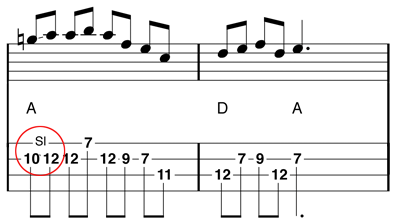
Play this first phrase several times, and get the pattern under your fingers. Then, move it up two frets by sliding into the ‘B’ at the 14th fret, and play the exact same pattern, only 2 frets higher. You’ll use the same fingers, on the same strings (just 2 frets higher up the neck.
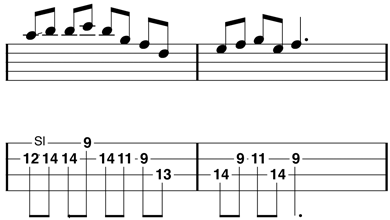
We’ve just transposed the tune from A Major to B Major, but the fingering pattern remains exactly the same!
Key of G?
So now, 2 frets down from our ‘12th fret A’ (towards the peg head), we have a ‘G’ (10th fret, second string). If we slide into that G-note and play the same pattern in that new position, then we’ll be playing the tune in the Key of G.

Necessary Changes
It is often necessary to make simple changes to any pattern to accommodate for position. As an example, let’s say we want to play in a higher key that starts on the first string, like ‘D’. We don’t have another string to move to for that following note, like we did in the previous examples. But, if we slide into that ‘D’ (first string 10th fret) with our ring finger, we can find that ‘E note’ two frets higher, with our pinky finger. The rest of the pattern remains exactly the same (one string over).
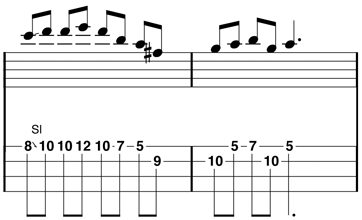
So, we’ve looked at a ‘closed-position’ pattern for the first phrase of Cripple Creek, and moved it from the key of A, to G, B and D. The rest of the melody is tabbed out for you in the download.
Working phrase by phrase, learn the entire pattern in the key of ‘A’. Then, try moving it around to other keys. Or, you can move it phrase by phrase. Try mixing it up – playing the first phrase up the neck, and the second phrase in open position, etc..
I hope this gives you some options to work on. Let me know what you think.
Cy…
Don’t Miss a Beat!
Join our mailing list for new tabs, practice ideas and study material.
Keep informed of new projects. Its free!
No spam, ever. That’s a promise!


